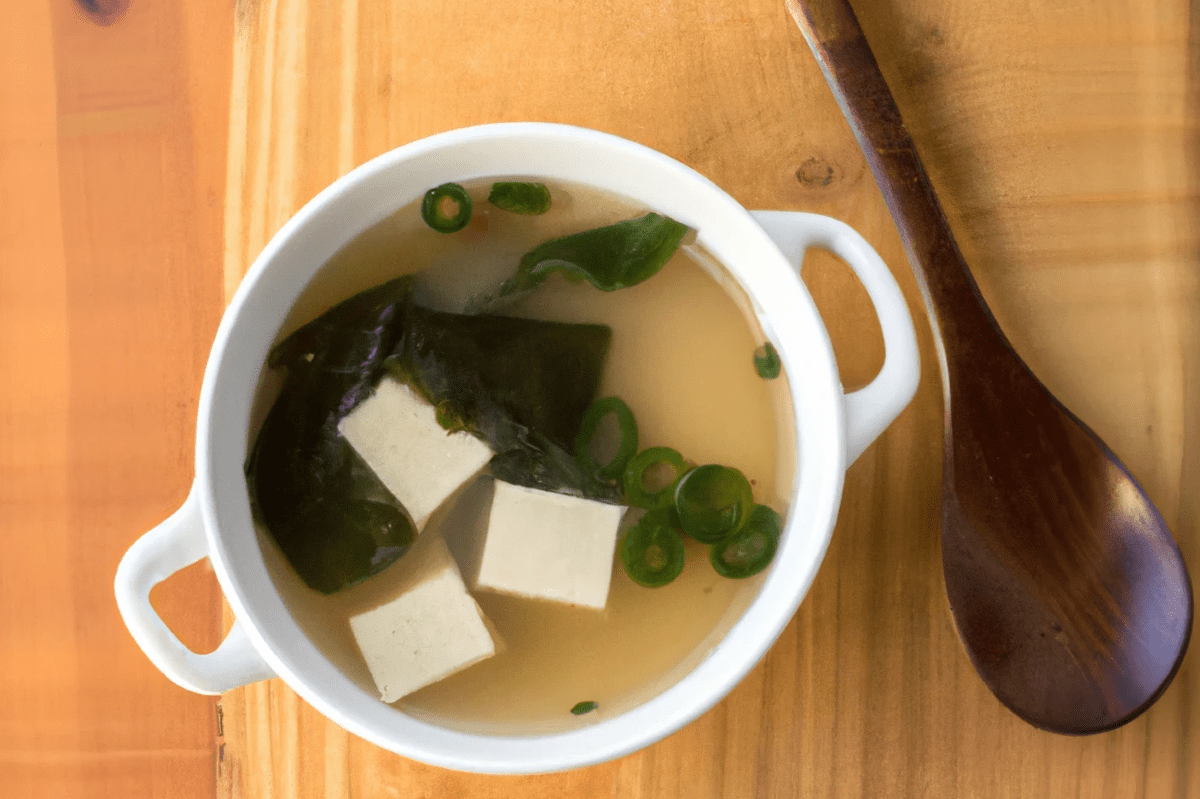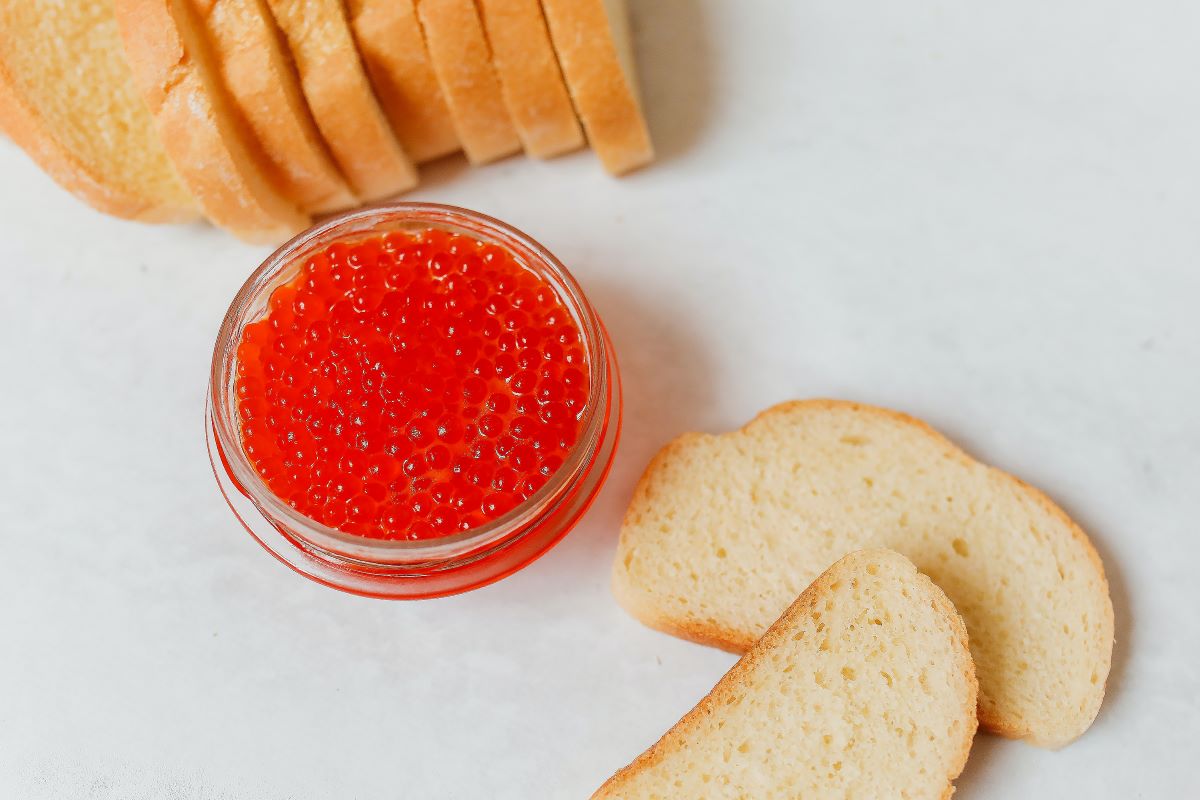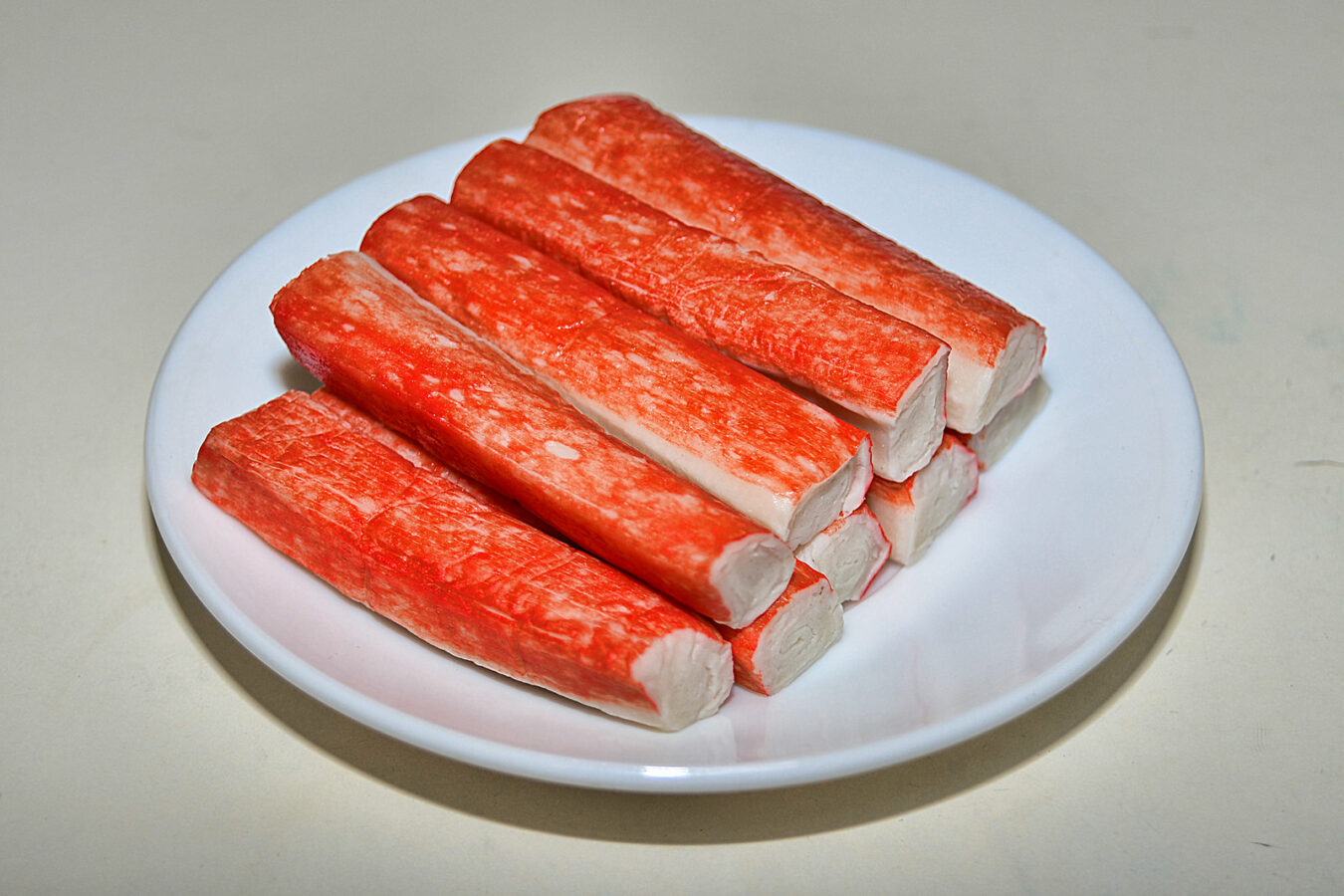Table of Contents
Is Chocolate Vegan?
Chocolate is generally considered vegan, as its main ingredients are the beans of the cacao trees. However, not all chocolate is vegan-friendly, as some brands may contain dairy or other animal products.
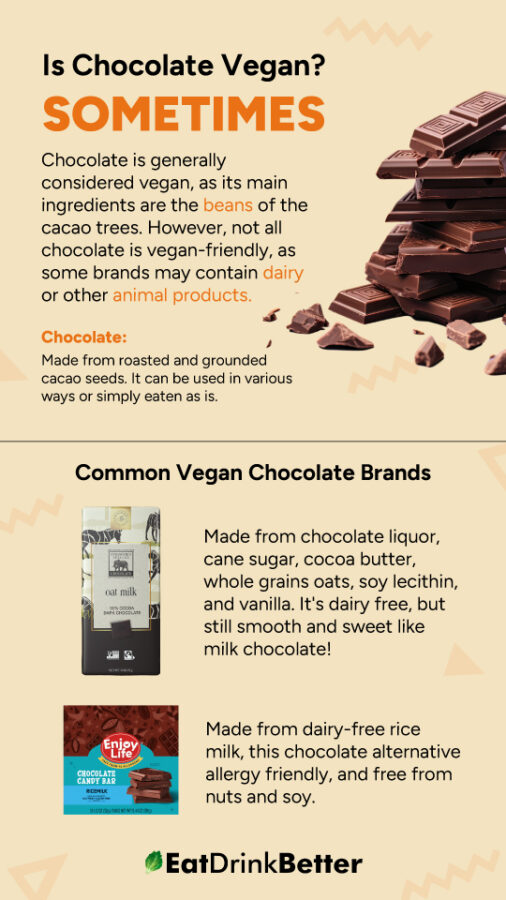
Non-Vegan Ingredients or Processes
Some chocolate products may contain non-vegan ingredients like milk and milk derivatives, such as milk powder, whey, and casein. These ingredients are used in various types of chocolate, such as milk chocolate and white chocolate, to impart a creamy and smooth texture. Additionally, some chocolate brands might contain honey, which isn’t considered a vegan-friendly product. Moreover, during the refining process of chocolate, there is a possibility of cross-contamination with non-vegan ingredients.
Controversies or Gray Areas within the Vegan Community
One controversy within the vegan community regarding chocolate focuses on child labor and exploitation in cocoa production. Many vegans voice concerns about the ethics of supporting chocolate brands that source cocoa beans from areas where child labor is common. Furthermore, some vegans object to the inclusion of milk or milk derivatives in specific chocolate types.
Vegan Chocolate
Simply put, vegan chocolate refers to chocolate products free from animal-derived ingredients or by-products. Unlike traditional chocolate, which often contains milk or milk derivatives, vegan chocolate is made using alternative ingredients, including plant-based milk substitutes like almond, soy, or oat milk. It retains the rich and indulgent flavors of chocolate while adhering to the principles of a vegan lifestyle. Vegan chocolate can come in various forms, including bars, chips, truffles, and other confections, providing a wide range of options for individuals who choose to avoid animal products.
Vegan-Friendly Alternatives and Variations
Vegan-friendly chocolate and chocolate alternatives, such as dark chocolate, usually do not contain milk or dairy products and are easy to find. Some brands focus on producing vegan chocolate and use plant-based milk alternatives like almond, soy, or oat milk to achieve the creamy and smooth textures of traditional milk chocolate. These options allow vegans to enjoy a diverse range of chocolate treats, while maintaining their dietary preferences and ethical principles.
Store-Bought Alternatives
Popular Brands and Products

Endangered Species Chocolate™
Endangered Species Chocolate™ uses high-quality ingredients to create a range of delicious chocolate products, including chocolate bars, spreads, and other confections. They are also known for sourcing their cocoa beans from ethically and sustainably managed farms that provide fair wages for farmers and adhere to sustainable farming practices.
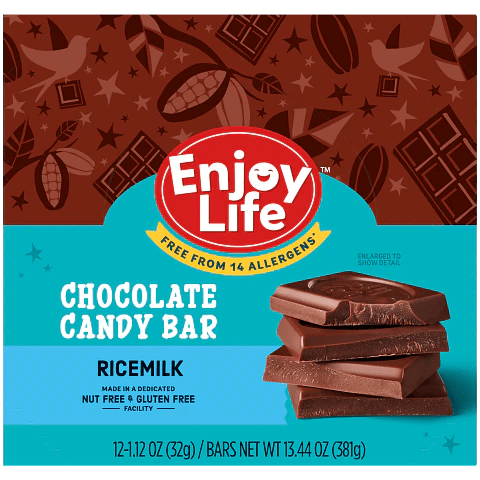
Enjoy Life Foods®
Enjoy Life Foods® offers a wide range of vegan chocolate products, including dark chocolate bars, chocolate chips, and chocolate chunks. Their products are known to be free from common allergens like dairy, soy, and gluten, making them suitable for individuals with various dietary restrictions.

Alter Eco®
Known for its fair-trade and organic chocolates, Alter Eco® dark chocolate bars come in various flavors, including sea salt, quinoa, and mint, and are crafted with ethically sourced ingredients. They also offer vegan chocolate truffles made with coconut oil and quinoa.
These brands and their products represent just a few examples of the many vegan-friendly options available in the chocolate market. It’s always recommended to check the ingredient labels to ensure they meet individual dietary requirements and preferences.
Tips for Identifying Vegan-Friendly Options
When looking for vegan-friendly options in chocolate, it’s important to carefully read the ingredient list and watch for any animal-derived ingredients, such as milk, whey, or honey. Ensure the product suits your dietary preferences by looking for clear labels like “vegan” or “dairy-free” on the packaging. Additionally, researching vegan chocolate brands and certifications helps identify options that comply with a vegan lifestyle. By adhering to these guidelines, people can enjoy tasty chocolate while remaining faithful to their ethical decisions.
Ingredient Swaps
When looking for ingredient swaps for chocolate in vegan recipes, there are several options to consider. For recipes that call for milk chocolate, dark chocolate can be used as a suitable replacement. To replace chocolate chips, vegan-friendly options, such as dairy-free chocolate chips or chopped dark chocolate, can be used instead. Additionally, cocoa powder can be used as a substitute for baking cocoa or melted chocolate in recipes, providing a rich chocolate flavor without the added fat or sweetness.
How To Use Vegan Alternatives in Recipes
Using vegan alternatives for chocolate in recipes is relatively straightforward.
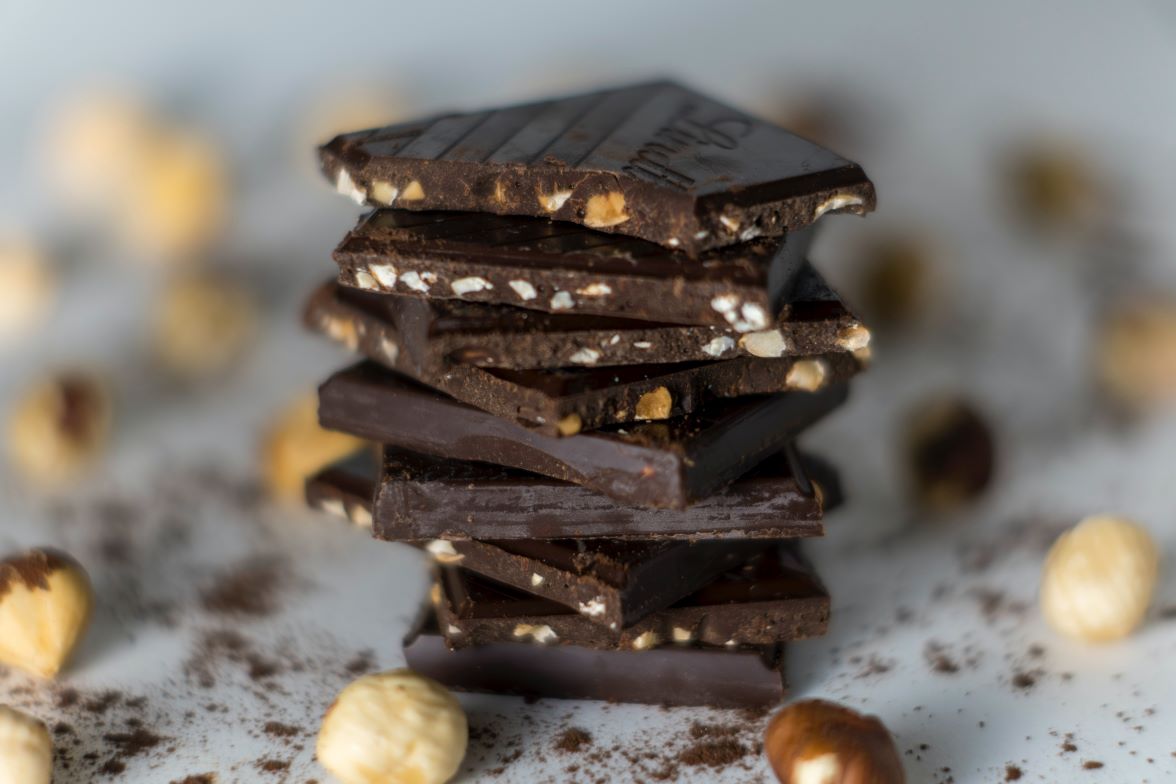
When a recipe calls for milk chocolate, replace it with an equal amount of dark chocolate explicitly labeled vegan. Dark chocolate provides a rich and intense flavor that works well in various recipes.
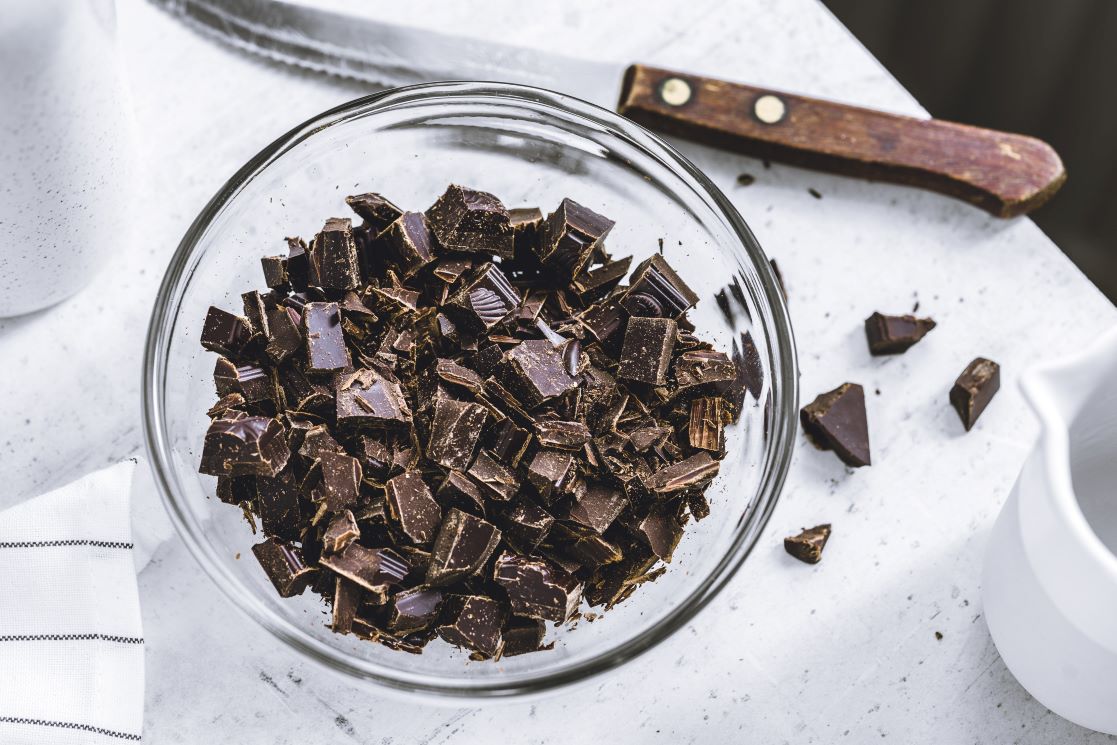
For chocolate chips, opt for vegan-friendly alternatives like dairy-free chocolate chips or chopped dark chocolate, using the same quantity as specified in the recipe.
These vegan chocolate alternatives can be used in various dishes, including cookies, cakes, brownies, and more. This allows you to create delectable treats while adhering to a vegan lifestyle.
How Chocolate Is Made
Chocolate is made through a process that involves harvesting and fermenting cacao beans, roasting them to develop flavors, and then grinding them into a paste called chocolate liquor. Sugar and other ingredients are added to the chocolate liquor, which is refined, conched, and tempered to create the desired texture and appearance. The final step involves molding the chocolate into various forms before it is ready to be enjoyed.
Primary Ingredients
Chocolate’s primary ingredients are cacao beans, sugar, and cocoa butter. Cacao beans provide the distinct flavor and aroma of chocolate, while sugar is added to provide sweetness. Cocoa butter, extracted from the cacao beans, gives the smooth texture and richness of chocolate.
Secondary Ingredients and Additives
Common secondary ingredients or additives in chocolate often consist of milk or milk derivatives like milk powder or condensed milk. Manufacturers use these ingredients in milk chocolate to create a creamy texture. They may also incorporate additional flavorings, such as vanilla or other natural or artificial ingredients, to enhance the chocolate’s taste. Emulsifiers like soy lecithin or sunflower lecithin are frequently added to improve the texture and prevent ingredient separation in chocolate.
Production Process
Chocolate production starts with harvesting cacao beans from the cacao tree. Afterward, the beans undergo fermentation and drying to develop their flavor. Roasting the dried beans enhances their complex aromas and flavors. Then, the roasted beans are cracked, and their outer shells are removed to leave cacao nibs. Grinding these nibs produces a paste called chocolate liquor, which contains cocoa solids and cocoa butter.
To create the desired chocolate type, manufacturers may add sugar and other ingredients like vanilla or emulsifiers to the chocolate liquor. Next, they refine, conche (knead and smooth), and temper the mixture to achieve a smooth texture and glossy appearance for the chocolate. Finally, they mold the chocolate into bars, chips, or other forms, making it ready for consumption.
Keep in mind that the chocolate-making process can differ between manufacturers and various chocolate types.
Sourcing and Ethical Considerations
Environmental Impact
Chocolate production can have a significant impact on the environment. One major concern involves deforestation, as cocoa farming often leads to clearing forests, especially in regions like West Africa and Southeast Asia. This in turn contributes to habitat loss for many plant and animal species, threatens biodiversity, and intensifies climate change.
Moreover, the use of pesticides and fertilizers in cocoa cultivation can contaminate soil and water sources, harming local ecosystems.
Labor Practices
Labor practices in chocolate production have raised longstanding concerns. In many cocoa-producing areas, especially in West Africa, child labor and forced labor are common problems. Children often engage in dangerous work on cocoa farms, facing physical risks, long hours, and a lack of access to education.
Moreover, numerous cocoa farmers experience poverty and low incomes, perpetuating an unfair cycle. Various organizations and chocolate companies are addressing these labor concerns, pushing for fair trade practices, and ensuring cocoa sourcing from farms with ethical labor standards. However, many obstacles to completely eliminating labor abuses from the chocolate industry remain due to the complexities of the global supply chain.
Frequently Asked Questions
Is all dark chocolate vegan?
Not all dark chocolate is inherently vegan. While dark chocolate itself is typically made without milk solids, each brand and product may have different manufacturing practices. Some dark chocolate brands may use milk or milk derivatives as additives, so it’s crucial to check the ingredient list or look for explicit vegan labeling to ensure that a particular dark chocolate product is vegan-friendly.
How can I ensure my chocolate is ethically sourced?
To guarantee ethically sourced chocolate, search for certifications like Fair Trade or Rainforest Alliance, which ensure the cocoa used in the chocolate meets specific ethical standards. These certifications guarantee fair wages, safe working conditions, and sustainable farming practices. Additionally, research and select chocolate brands that offer a transparent and traceable supply chain, providing information on their sourcing practices and partnerships with cocoa farmers.
What is the difference between dark, milk, and white chocolate?
Dark chocolate comprises cocoa solids, cocoa butter, and sugar, with minimal or no milk content. In contrast, milk chocolate consists of cocoa solids, cocoa butter, sugar, and milk or milk derivatives, providing a creamier texture and sweeter taste. White chocolate usually contains cocoa butter, sugar, and milk, but lacks cocoa solids, resulting in a uniquely sweet and creamy texture without the conventional chocolate flavor.

